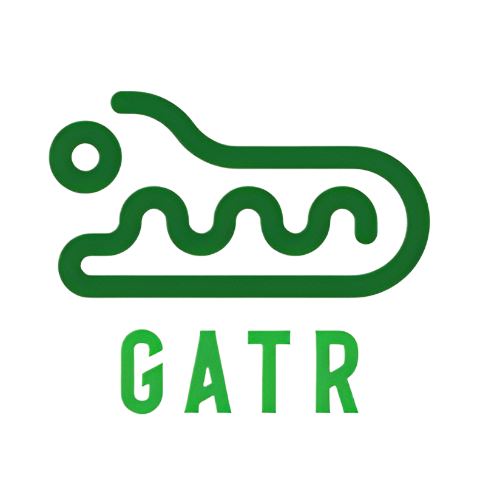Intro to NFTs
What Is An NFT?
Last Updated: July 28, 2024An NFT (Non-Fungible Token) is a unique digital asset that represents ownership or proof of authenticity of a specific item or piece of content, such as artwork, music, videos, or virtual goods. Unlike cryptocurrencies such as Bitcoin or ADA, which are fungible and can be exchanged on a one-to-one basis, NFTs are indivisible and unique,…
Why NFTs?
Last Updated: July 28, 2024Blockchain presents exciting new opportunities for creators to earn more, get better visibility, and provide their audience with new ways to enjoy access to their favorite artists. An NFT is like a physical, finite object such as a concert ticket you save to commemorate a great time, or a key to a car. An NFT…
Anatomy of an NFT
Last Updated: July 28, 2024Like we’ve said earlier, an NFT is nothing more than a piece of encrypted, ownable data on the blockchain, normally with an image and metadata attached. The holder of an NFT validates their wallet on a crypto-enabled website in order to extract whatever perks the NFT is claiming to provide, whether it be entry into…
NFT Minting
Last Updated: July 28, 2024Minting is the process of creating a new NFT on the blockchain. During minting, a digital file (e.g., an image, video, or audio file) is converted into a cryptographic token that represents ownership of that digital asset. The minting process typically involves the following steps: The smart contracts responsible for processing payments and delivering the…
What Is NFT Utility?
Last Updated: July 28, 2024NFT utility encompasses the various ways NFTs can be used to interact with digital or physical environments, offering more than just ownership of a digital asset. Using NFTs Online A coding standard, CIP-30, defines how browser wallets interact with decentralized applications (dApps) and websites. Using front-end website code, a programmer can:

We missing something?
Ask us your question directly in our Discord chat server and we will beef up these docs.
